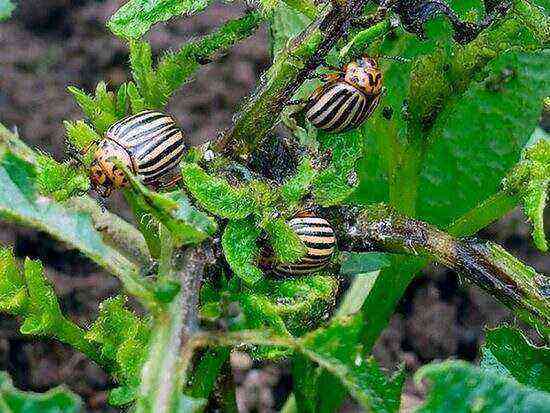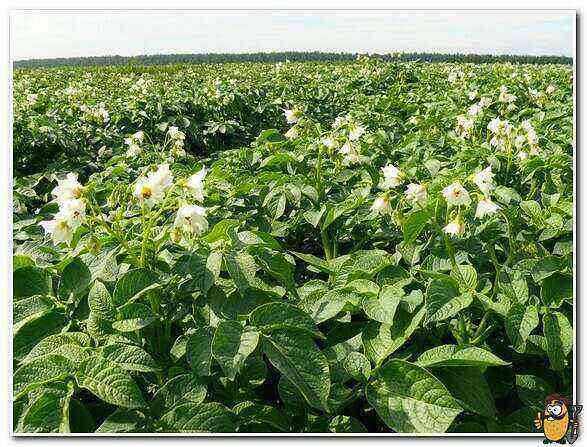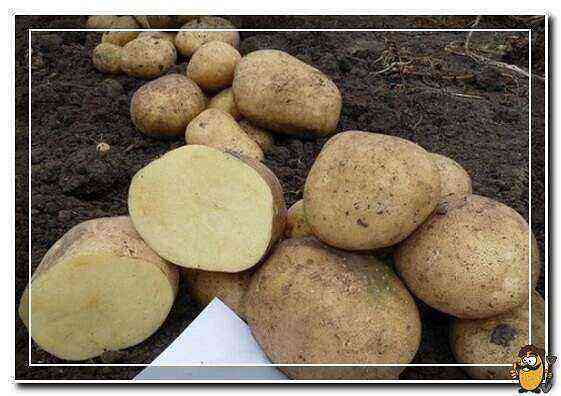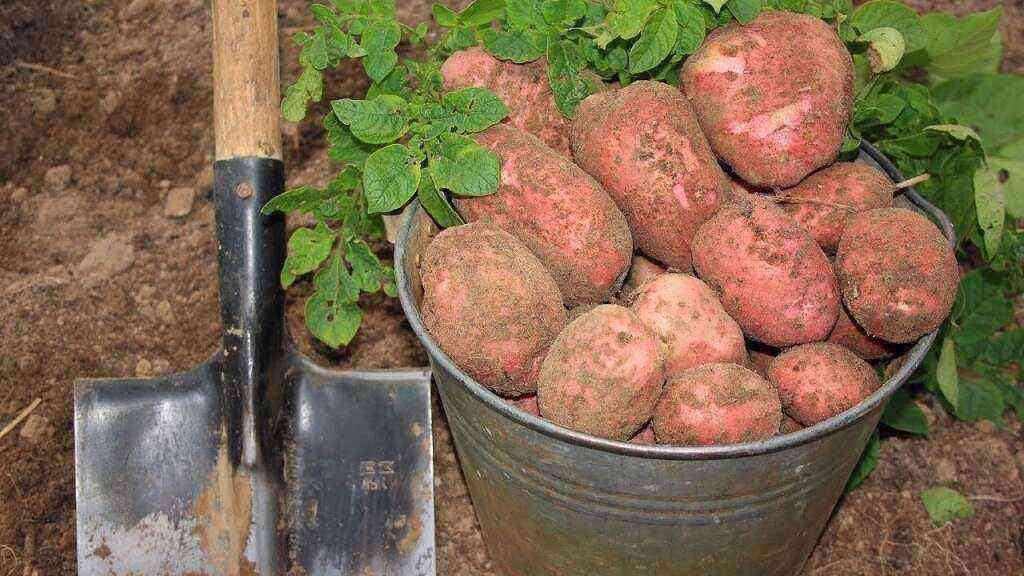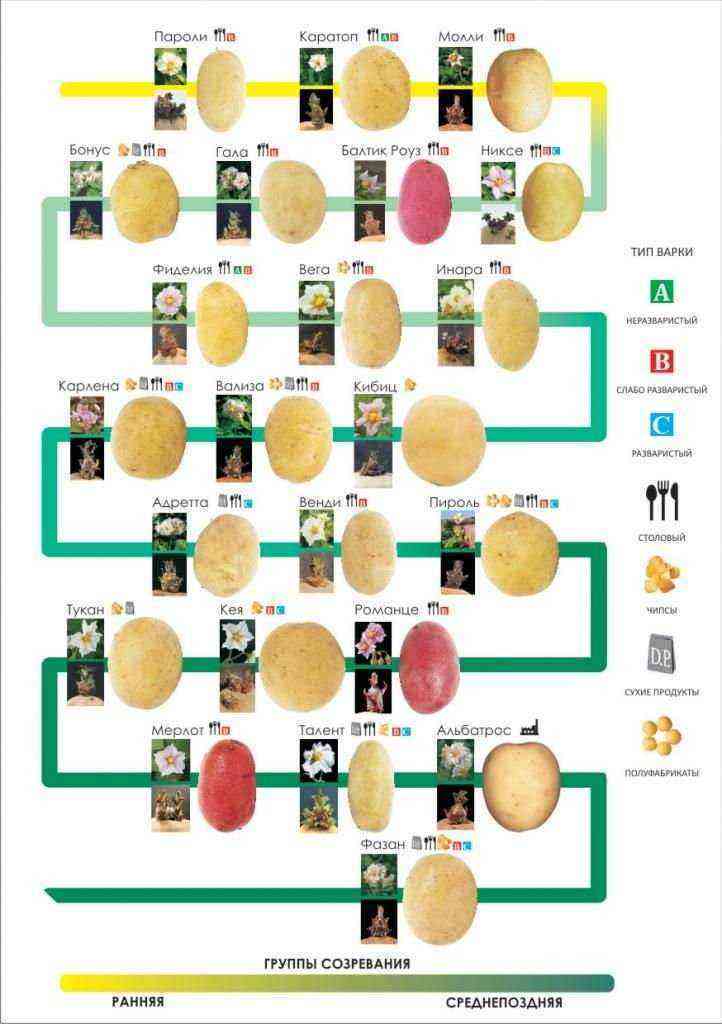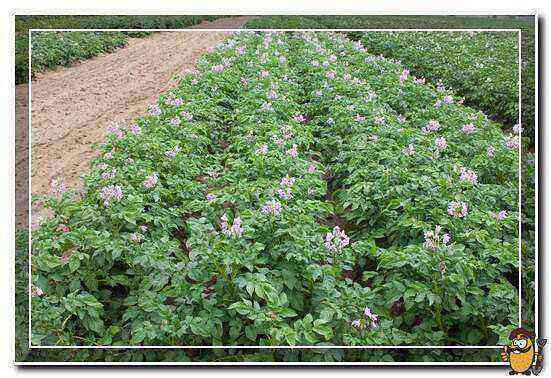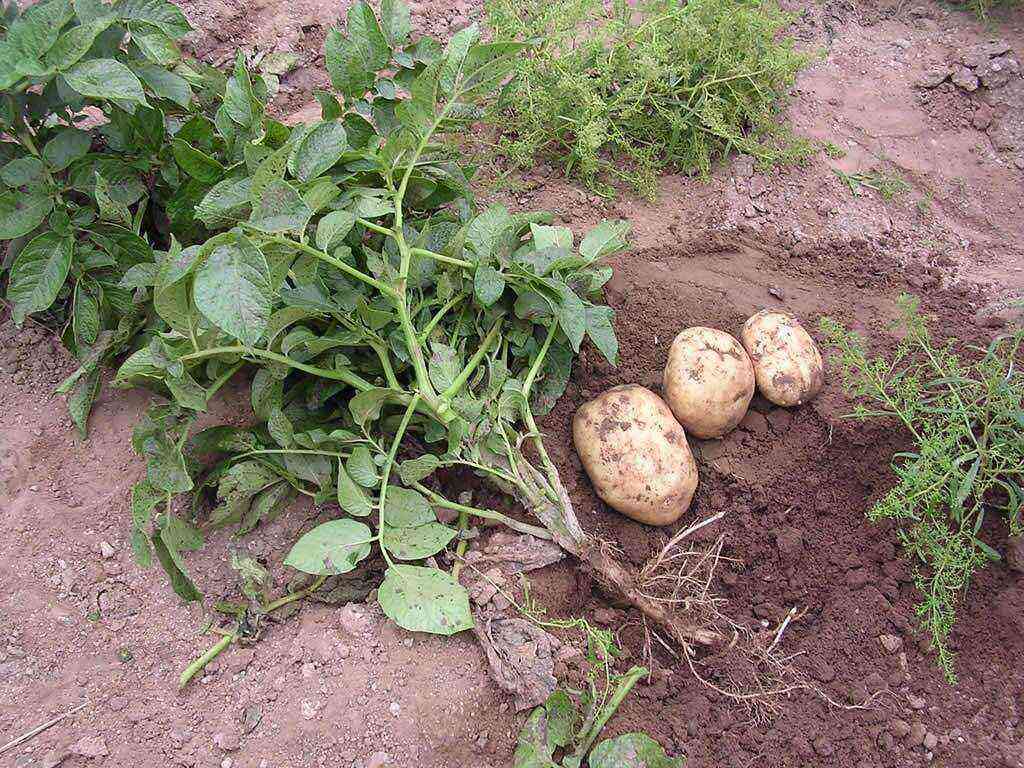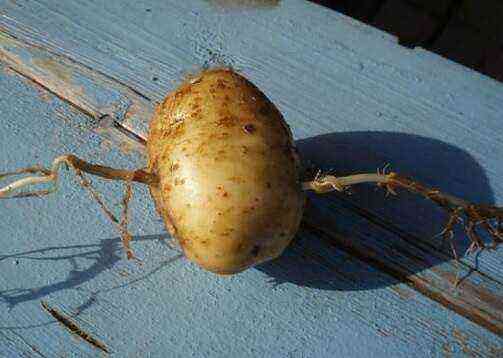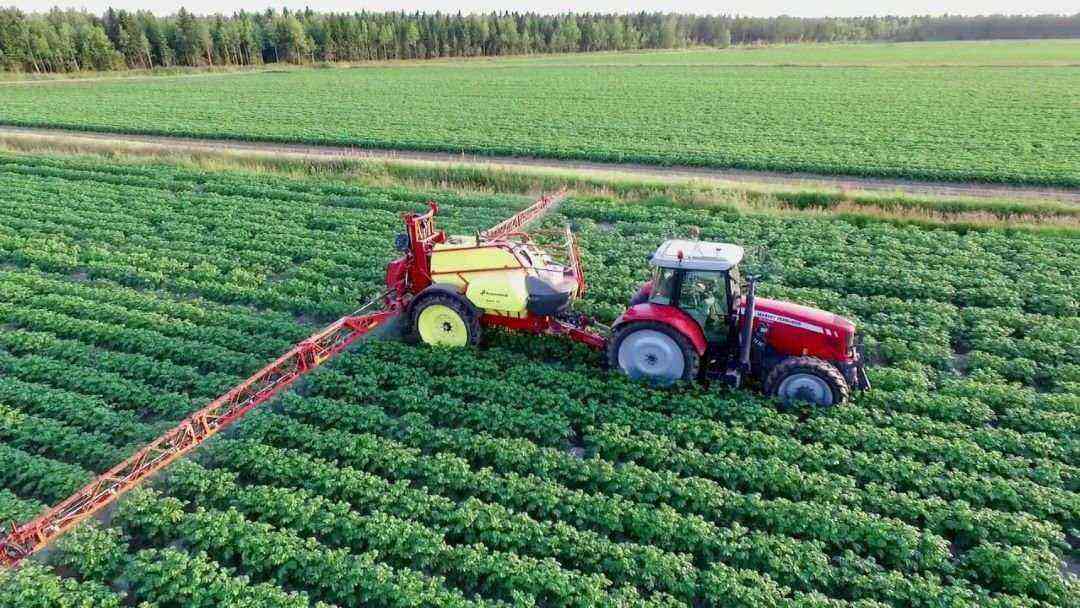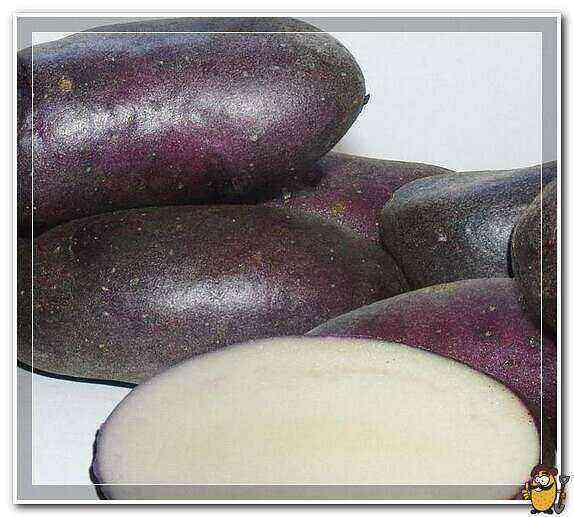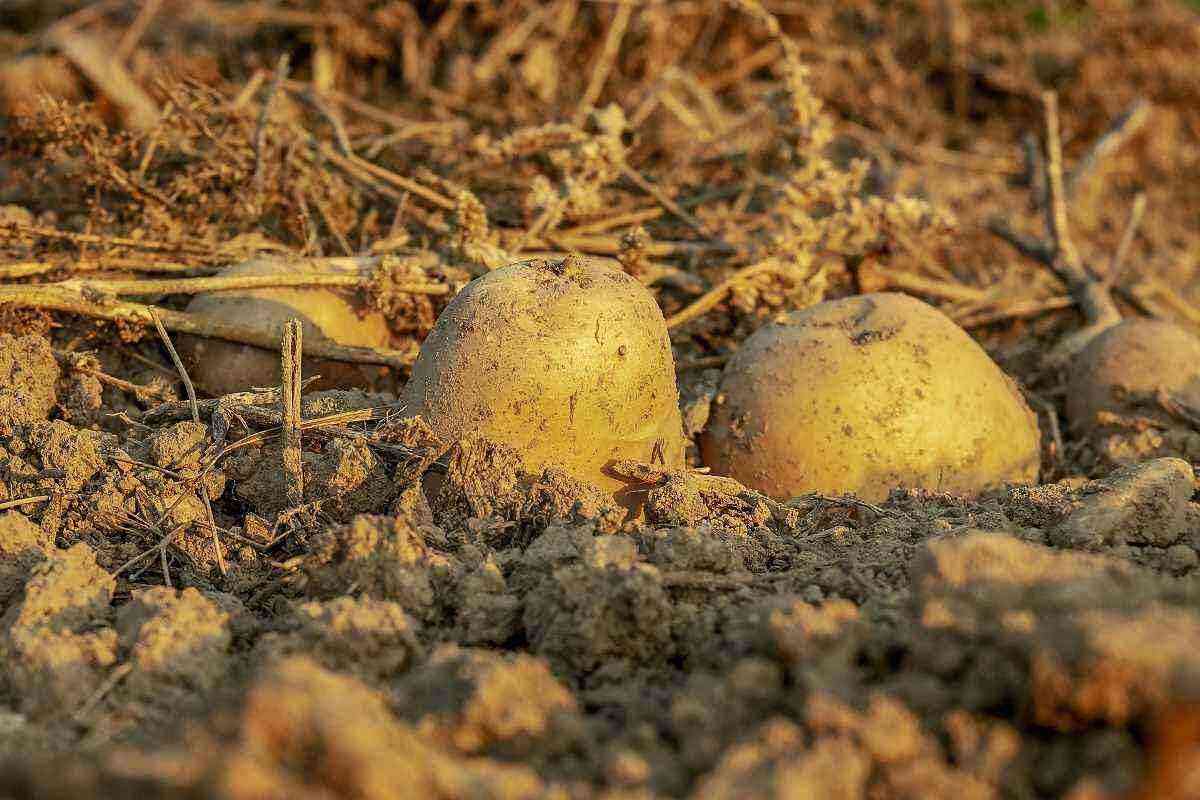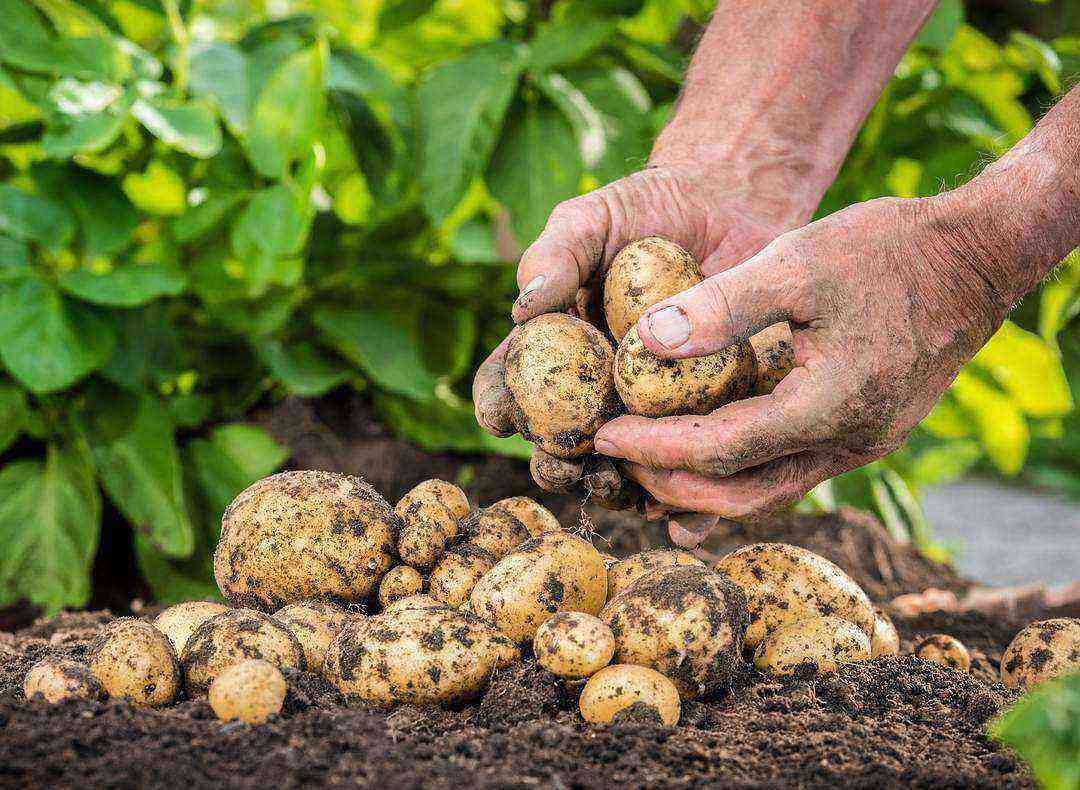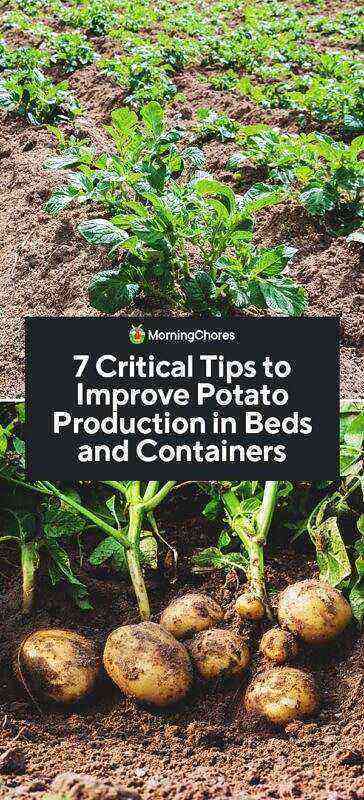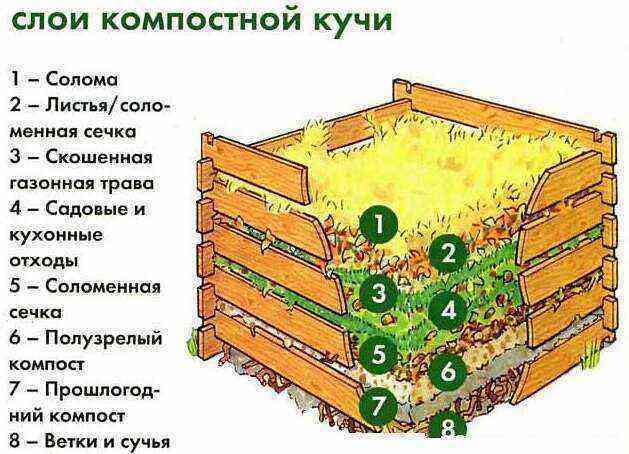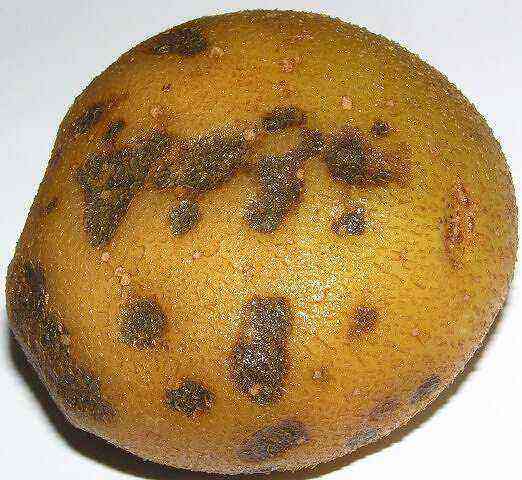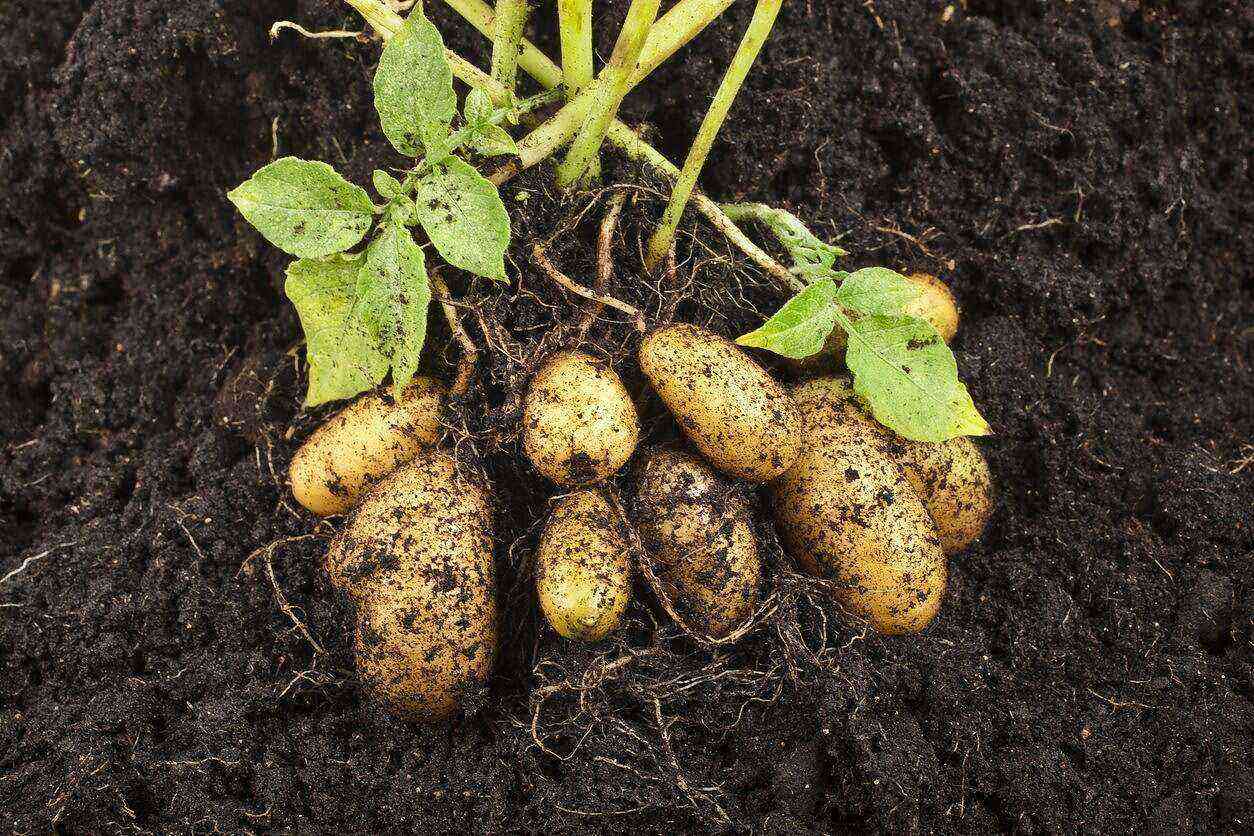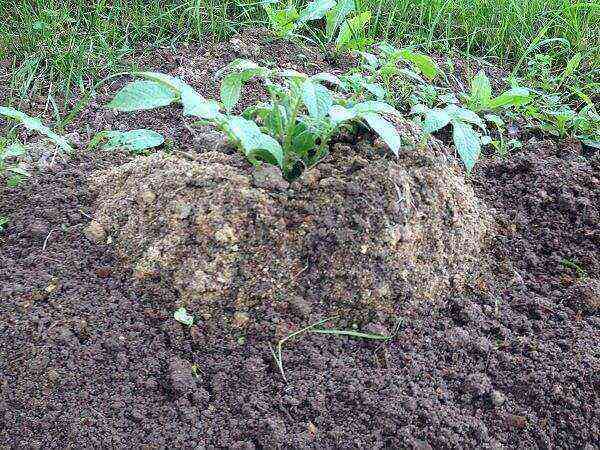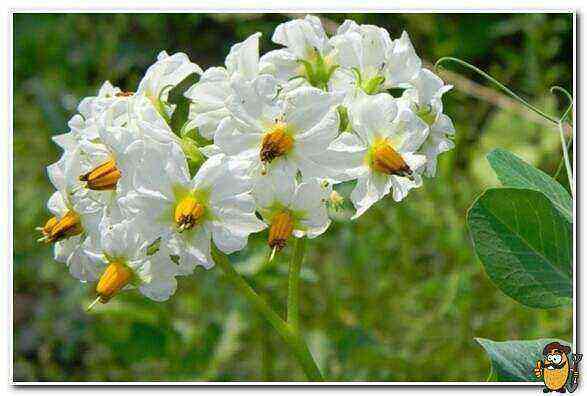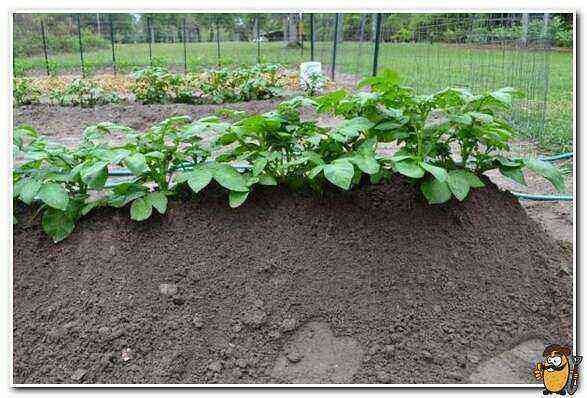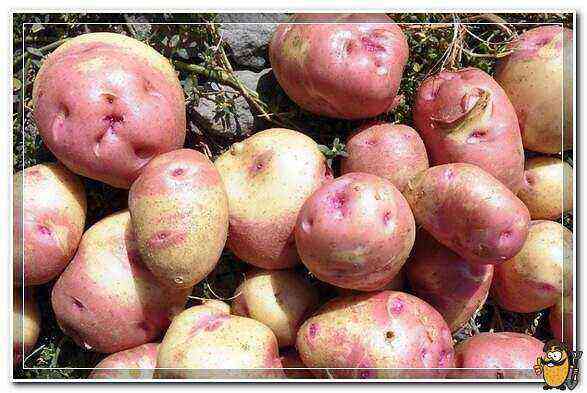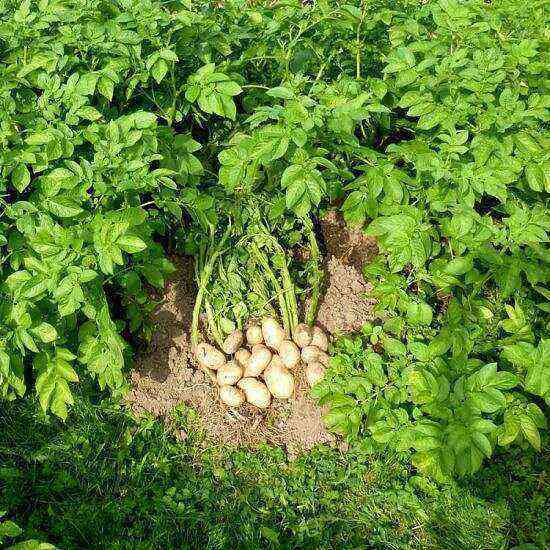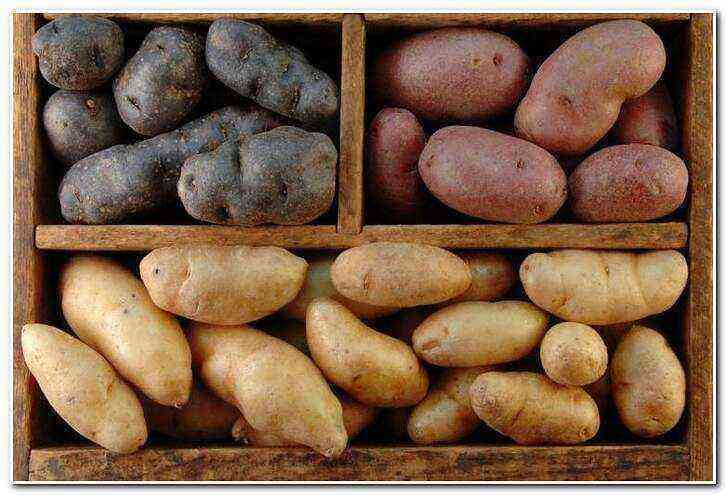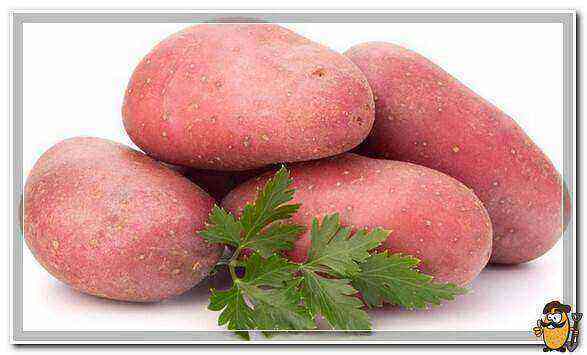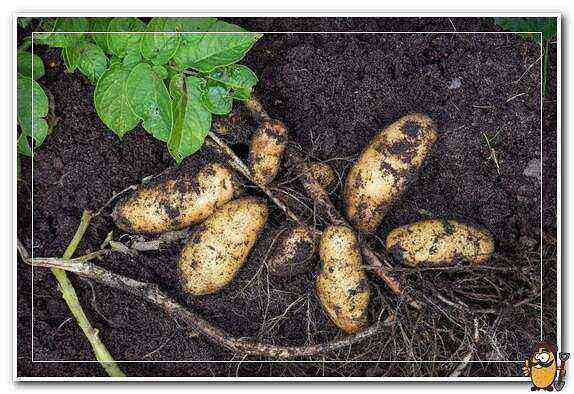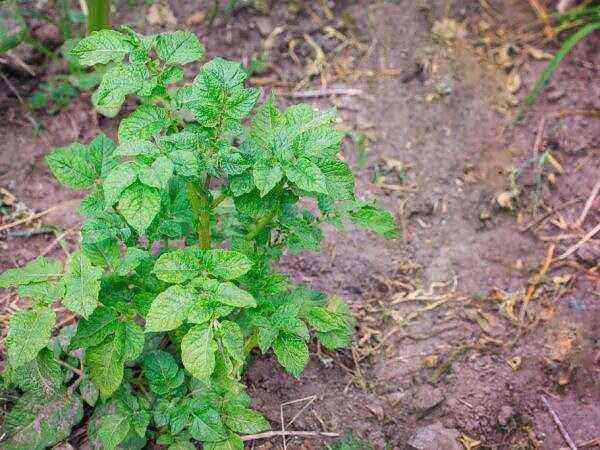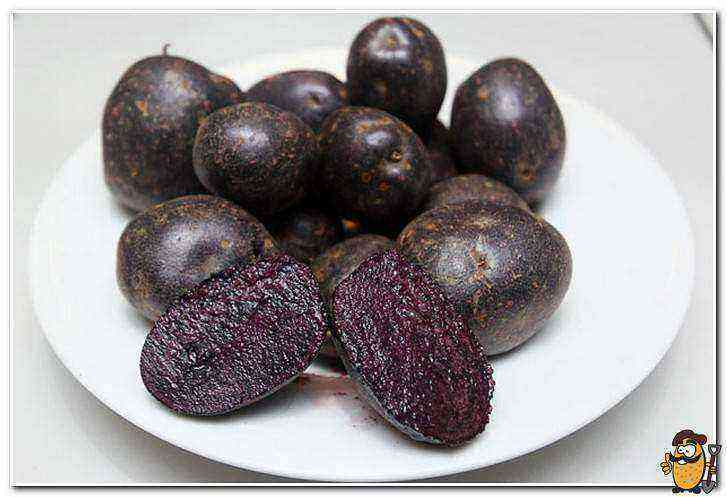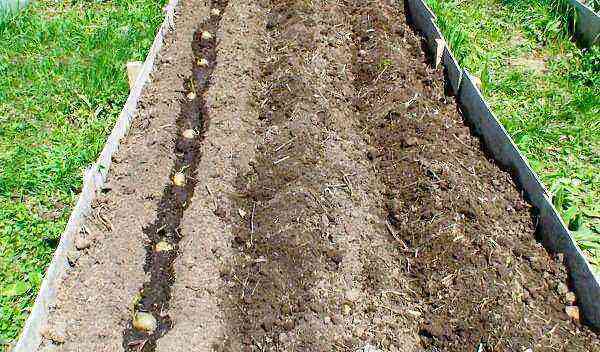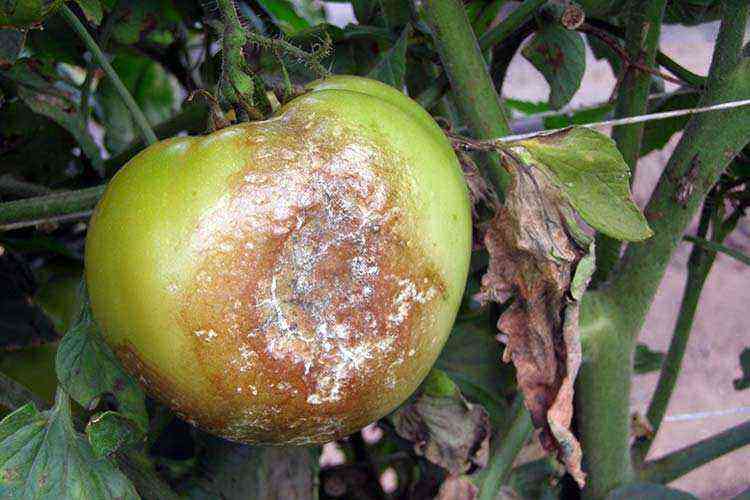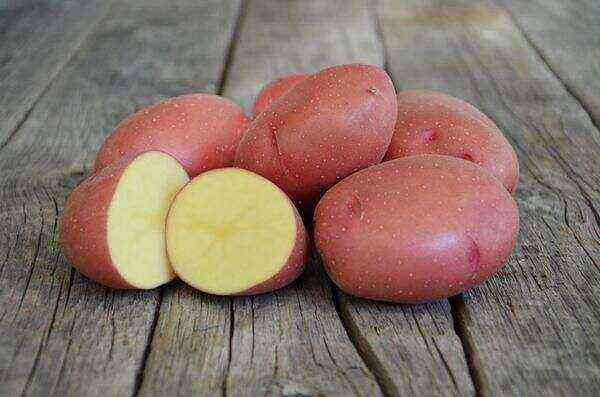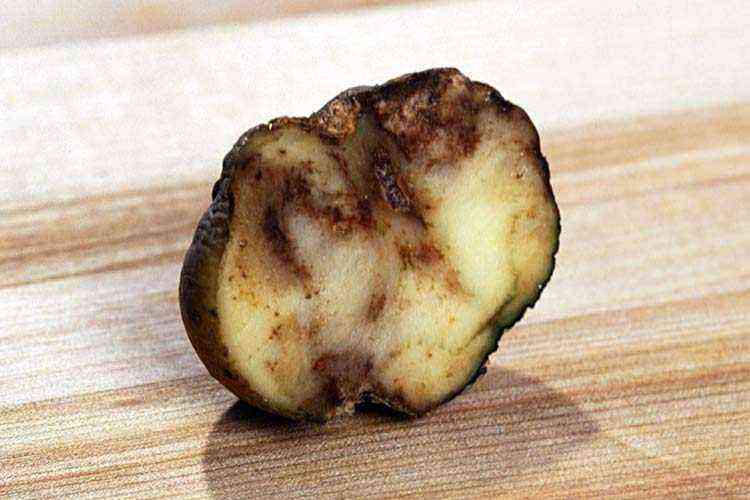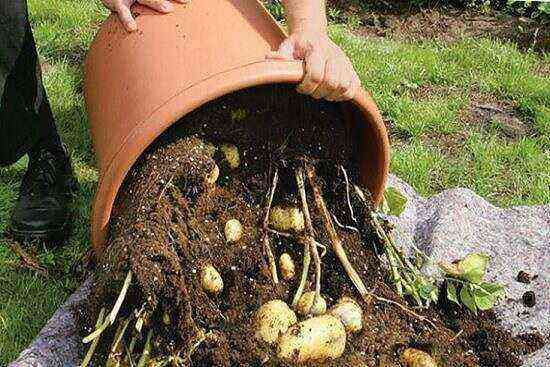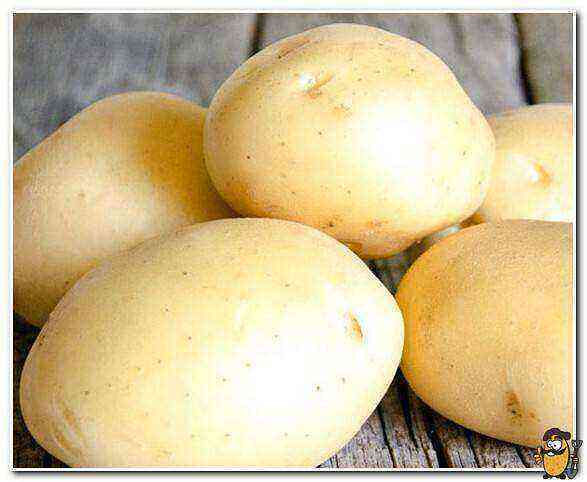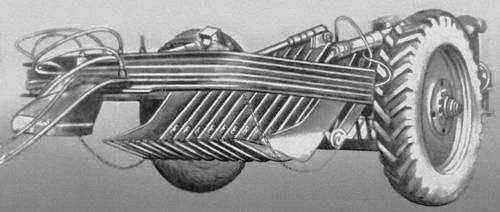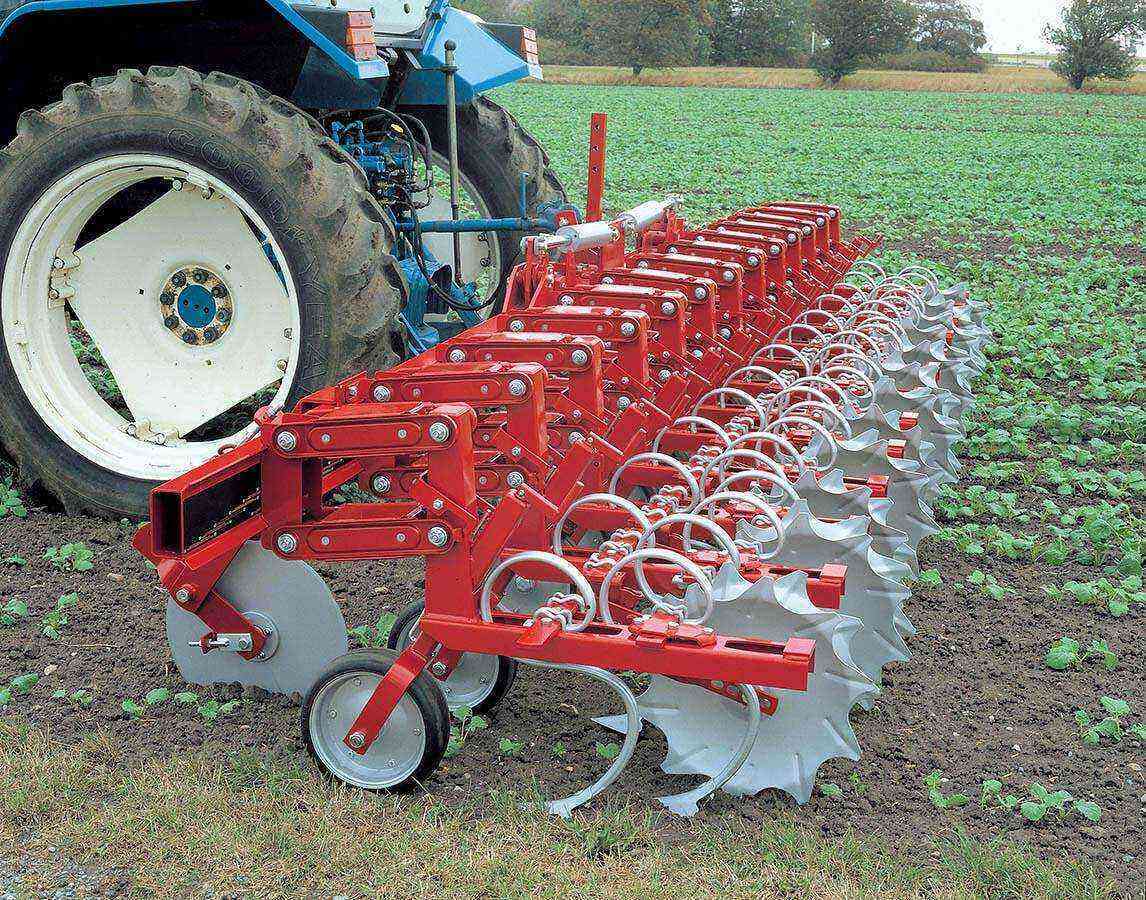Many gardeners are convinced that the formation of tubers is associated with the flowering of potatoes. Therefore, if the plants do not bloom in due time, a decent harvest supposedly can not be expected. In fact, the beginning of the formation of tubers in terms of timing coincides with budding mainly in mid-season varieties. Moreover, these two events are almost independent of each other, but there are cases when potato bushes do not bloom in summer, and tubers dug out in autumn resemble peas. To understand why this happens, let’s figure out whether the potato must necessarily bloom and what are the reasons for the absence of flowers.
Features of the variety
Modern potato varieties are obtained as a result of long-term selection. Scientists are primarily interested in the size, taste of tubers, their resistance to pests and diseases. Useless flowers, which draw off a fair share of useful substances, are perceived as an annoying feature of plants, which is better to get rid of. So potatoes about 40% of varieties bloom rarely or do not bloom at all. Lack of flowering is characteristic primarily of very early and medium early potatoes. So, the bushes of the varieties Mariella, Rocco, Timo do not bloom. The flowers of some varieties wither and fall off so quickly that summer residents who visit the site 1-2 times a week do not notice the flowering. For example, bushes of the Spring and Ural early varieties rarely bloom (only in favorable conditions) and quickly fade. Therefore, when buying planting material, you need to find out if potatoes of this variety should bloom.
Diseases and pests
For many pests, the delicate petals of potato flowers are a real treat. The buds that did not have time to bloom are eaten by ground beetles, in the northern regions and in the Far East – epilyakhna, also known as the potato (28-point) ladybug. Epilyakhna feeds on the petals and soft tissues of potato leaves, leaving behind bare veins. Parasites not only spoil the tops, but also spread viral diseases, due to which the tubers do not grow. To prevent insect pests from eating the flowers, at the beginning of budding, the bushes are powdered with ash or corn flour. If small orange epilyakhnas have already appeared on the plants, the tops must be treated with Fitoverm or a more potent drug against Colorado beetles, for example, Tanrek. nematode. After harvesting, it is necessary to sow rye on the site, and in the spring – legumes. The preparation “Bazudin” (a very strong poison, suitable for single use) helps to cope with a strong infection of the soil with a nematode. The potato beds should be moved to another location. The varieties are resistant to nematode: Agria, Alvara, Diamant, Vital, Crystal, Zhukovsky early, Lukyanovsky, Latona, Prior, Picasso, Sante, Rikesa, Fresco, Fregata, Herta. Abundant flowering and yield are directly related
Planting and growing conditions
If the potato variety, which is characterized by flowering, does not bloom, it means that it spends all its strength on maintaining the vital activity of the tubers. This is how the plant reacts to unfavorable weather conditions, lack or excess of some substances in the soil. The main reasons for the lack of flowers in flowering varieties: planting weakened tubers; drought; waterlogging of the soil; lack of nutrients in the soil; excess nitrogen fertilizers.
Planting weakened tubers
Due to the lack of planting material, sometimes it is necessary to plant small or sluggish tubers, sprouted eyes. They need additional feeding, so compost and ash must be thrown into each hole. When potatoes are planted, they are immediately watered with their eyes. Not only will they not bloom, but they will also not yield a harvest of potatoes grown from sick with rhizoctonia or rotten tubers.
Drought
If the soil is dry at a depth of 5–6 cm, water the potatoes, pouring at least 3 liters of water under each bush: tubers do not grow in dry soil. The cracked crust formed on the surface of the ridges is loosened. So that potatoes in the southern regions suffer less from drought, they are spud or mulched 2 times before flowering.
Soil Moisture
With prolonged rains, the potatoes are not up to flowering: the tubers are gradually suffocating in the water. In regions where summer is often rainy, it is planted in high ridges.
Lack of nutrients in the soil
Potatoes planted in poor, poorly fertilized soil rarely bloom. If the tubers were not fertilized during planting, it is imperative to carry out 1–2 root dressing with complex mineral fertilizers or foliar dressing with a solution of chicken manure before flowering, and in dry weather water the plants with nettle infusion.
Excess of nitrogen
If the tops have grown unusually high and dense, and the flowers do not appear – most likely, the plants are “overfed” with nitrogen. Tubers practically do not grow under such bushes. Having convinced of this, the tops are cut to half the height, and a glass of ash is poured under each bush. Until autumn, the tubers will still have time to grow
